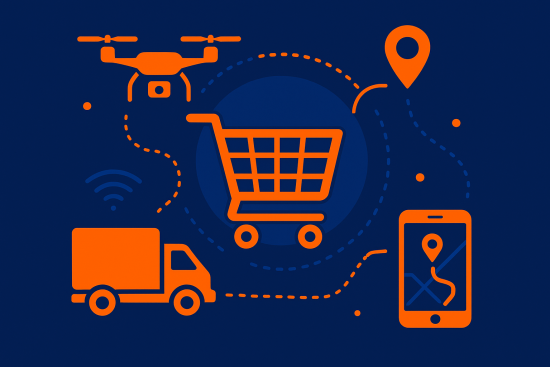
Guía Completa para Implementar y Gestionar Aplicaciones Laravel utilizando cPanel
Desplegar y gestionar aplicaciones Laravel utilizando cPanel puede parecer una tarea compleja al principio, pero con los pasos y las herramientas correctas, se puede lograr de manera eficiente. En esta guía, te mostraremos cómo hacerlo de forma efectiva, asegurando que tu aplicación esté bien configurada y segura.
Table of Contents
Introducción a Laravel y cPanel
¿Qué es Laravel?
Laravel es un framework de PHP diseñado para desarrollar aplicaciones web de manera sencilla y elegante. Ofrece una sintaxis expresiva y un conjunto robusto de herramientas y funcionalidades que facilitan el desarrollo rápido de aplicaciones web.
¿Qué es cPanel?
cPanel es un panel de control de alojamiento web que proporciona una interfaz gráfica y herramientas de automatización para simplificar el proceso de alojamiento de un sitio web. Permite gestionar archivos, bases de datos, correos electrónicos y mucho más, todo desde un solo lugar.
Preparativos para el Despliegue de Laravel en cPanel
Requisitos Previos
Antes de comenzar con el despliegue de Laravel en cPanel, asegúrate de que tu servidor cumpla con los siguientes requisitos:
- PHP >= 7.3
- MySQL
- Composer (para gestionar las dependencias de Laravel)
Configuración del Entorno
En cPanel, primero debes crear una base de datos y un usuario con los permisos adecuados. Luego, asegúrate de tener acceso a SSH para instalar Composer y otras dependencias necesarias.
Proceso de Despliegue de Laravel en cPanel
Instalación de Laravel en cPanel
- Accede a cPanel y abre el administrador de archivos.
- Crea un nuevo directorio para tu aplicación Laravel.
- Utiliza el terminal SSH para acceder a tu servidor y navega al directorio creado.
- Ejecuta
composer create-project --prefer-dist laravel/laravel nombre-del-proyectopara instalar Laravel.
Configuración de la Aplicación Laravel
Edita el archivo .env en el directorio raíz de tu proyecto Laravel para configurar la conexión a la base de datos. Asegúrate de que los detalles de la base de datos coincidan con los que creaste en cPanel.
Configuración del Servidor Web
Configura tu servidor web (Apache o Nginx) en cPanel para que apunte al directorio public de tu aplicación Laravel. Para Apache, asegúrate de que el archivo .htaccess esté correctamente configurado para manejar las solicitudes.
Gestión y Mantenimiento de Aplicaciones Laravel en cPanel
Gestión de Archivos y Permisos
Utiliza el administrador de archivos de cPanel para gestionar los archivos de tu aplicación. Asegúrate de que los permisos de los archivos y carpetas sean los correctos para evitar problemas de seguridad.
Implementación de Actualizaciones
Mantén tu aplicación Laravel actualizada utilizando Composer. Ejecuta composer update regularmente y sigue las mejores prácticas para la implementación de actualizaciones, como probar en un entorno de desarrollo antes de aplicar cambios en producción.
Seguridad y Respaldo
Protege tu aplicación configurando las opciones de seguridad en cPanel y realizando respaldos regulares de tus archivos y bases de datos. Utiliza herramientas de respaldo automáticas de cPanel para facilitar este proceso.
Mejores Prácticas y Herramientas Adicionales
Uso de Git para Control de Versiones
Integra Git en cPanel para gestionar el código de tu aplicación Laravel. Esto te permitirá realizar cambios y despliegues de manera más controlada y eficiente.
Automatización de Tareas con Cron Jobs
Configura tareas automáticas utilizando Cron Jobs en cPanel. Esto es útil para ejecutar comandos de Artisan programados, como la limpieza de caché o la ejecución de migraciones.
Monitoreo y Logs
Monitorea tu aplicación Laravel utilizando las herramientas de cPanel y gestiona los logs para identificar y resolver problemas rápidamente.
Conclusion
Desplegar y gestionar aplicaciones Laravel utilizando cPanel es un proceso que, si se sigue correctamente, puede ser muy eficiente y efectivo. Sigue las mejores prácticas, utiliza las herramientas adecuadas y mantén tu aplicación segura y actualizada para asegurar su correcto funcionamiento. ¡Comparte tus experiencias y preguntas en los comentarios!








